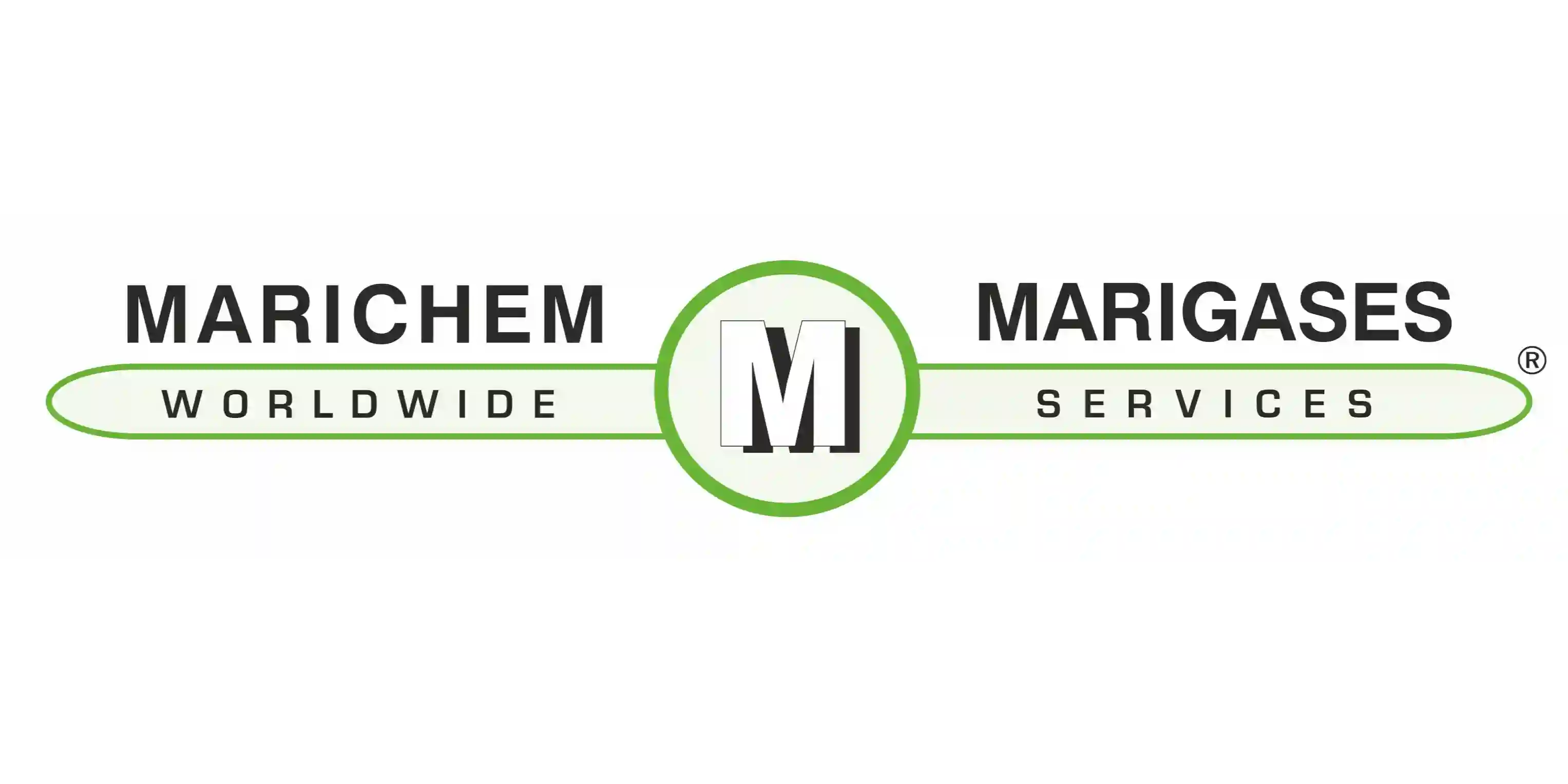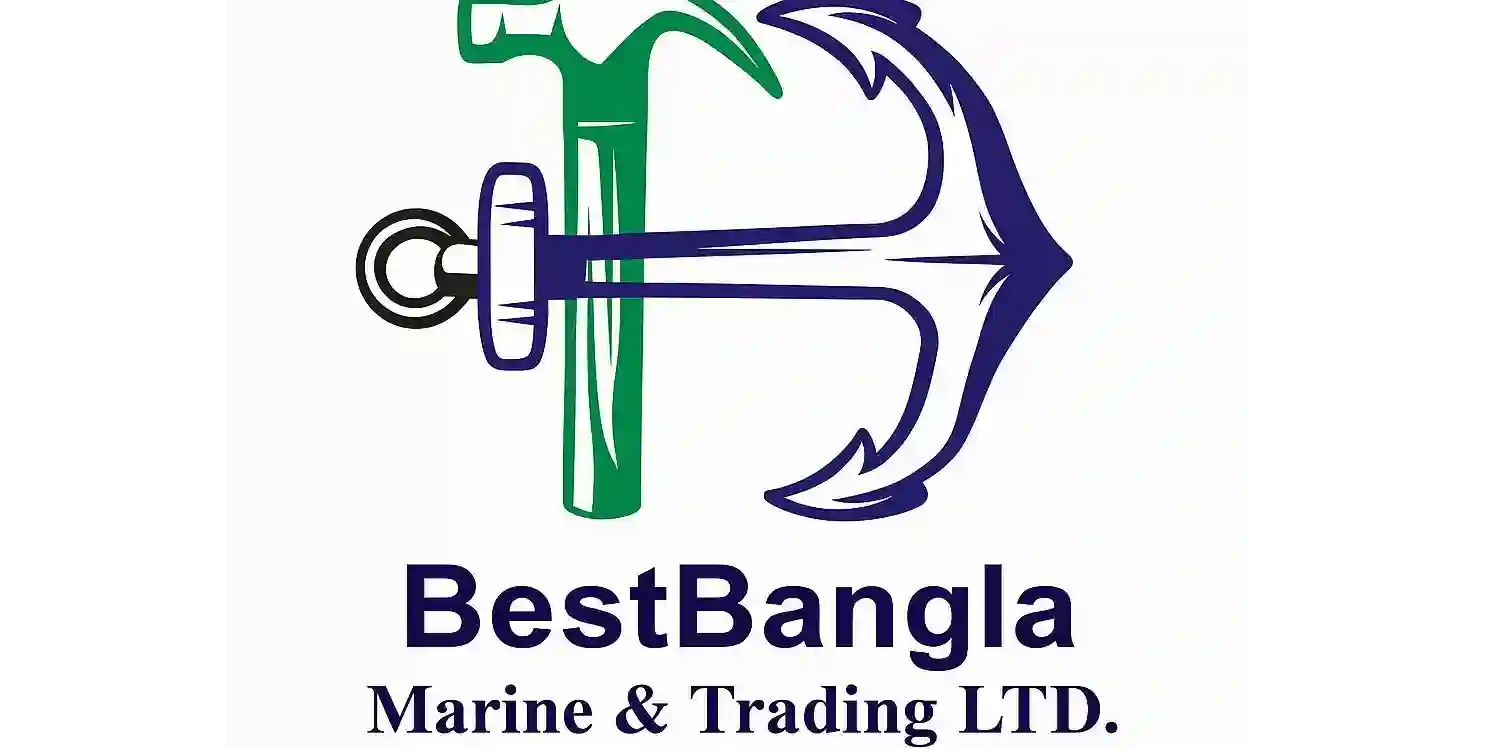Displaying 10 out of 34 suppliers
Verification
Supplier specification
Marine Cleaning Equipment Suppliers
From oily residues in the engine room to dirt and grime on deck, every vessel faces its own cleaning challenges. With strict IMO and MARPOL requirements in place, vessels must maintain clean surfaces to reduce biofouling, prevent corrosion, and avoid contamination of cargo and onboard systems.
Modern marine cleaning equipment includes a wide range of tools built specifically for shipboard use, from vacuum units and steam cleaners to brushes, suction systems, and mobile cleaning stations. Designed for demanding shipboard conditions, these tools help crews clean faster and more effectively. Whether for daily maintenance or full-scale deep cleaning, having the right gear - and sourcing it from trusted cleaning equipment suppliers - is essential for keeping operations smooth and compliant.
Types of Marine Cleaning Equipment
Marine cleaning equipment comes in many forms, each designed to solve specific cleaning challenges on board. Whether it’s for maintaining deck safety, cleaning the engine room, or prepping tanks during dry dock, choosing the right tool for each job helps improve efficiency, reduces crew workload, and protects onboard systems from unnecessary wear or contamination.
Here are some common types used on vessels:
- Vacuum Cleaners: These are built tough for shipboard use, able to handle wet and dry waste. Unlike standard vacuums, marine units often have corrosion-resistant parts and strong suction to deal with oil residues, metal dust, and general debris. Some compact models run on low voltage or battery, making them suitable for tight or mobile cleaning tasks.
- Steam Cleaners: A practical solution for engine rooms and galley spaces where hygiene is essential. These machines use high-temperature steam to lift off grease, kill bacteria, and remove residues without chemicals. Popular among crews for routine cleaning where water use needs to be minimized.
- Suction Units: Typically used for removing sludge or bilge waste during maintenance work. These systems create strong vacuum flow to pull out thick deposits from tanks or confined compartments. Some models are integrated into larger mobile cleaning rigs for easier operation.
- Deck Brushes and Scrubbers: Still essential, especially for non-slip coatings and exposed walkways. Brushes can be manual or pneumatic-powered, depending on the area. Many ships carry a mix - soft-bristle options for painted surfaces, stiff-bristle versions for rough cleaning. Pneumatic scrubbers are also common on tankers and offshore units due to their spark-free operation.
- Mobile Cleaning Stations: These portable units combine tanks, nozzles, and storage into one rolling unit. They're often used in the engine room or for spot cleaning between ports. The ability to move the setup easily without dragging individual tools around makes them a go-to option for multi-deck vessels.
- Hand Tools and Scourers :For tight corners and detail work, crews rely on manual tools like wire pads, abrasive sponges, or handheld brushes. They’re cost-effective, low-maintenance, and good for jobs where precision is more important than speed.
Each piece of equipment is selected based on material compatibility, cleaning frequency, and available manpower. Vessels with limited crew often prioritize multipurpose tools that reduce task time while remaining easy to operate in confined shipboard conditions.
Specifications and Maintenance
Marine cleaning tools must withstand heavy use, saltwater exposure, and demanding conditions. When sourcing equipment, here are key specifications and care tips to keep in mind:
Essential Specifications
- Build Materials: Look for stainless steel, coated aluminum, or marine-grade plastics that resist corrosion and wear.
- Power Compatibility: Match the tool’s voltage with your onboard supply. Some units run on low-voltage DC, while others require AC or battery power.
- Brushes & Attachments: Choose based on surface type - non-slip decks need stiff bristles, while softer heads suit painted areas.
- Mobility: Mobile units with wheels or compact frames are better for ships with limited space.
- Safe Operation: Pneumatic options are preferred in fuel zones for spark-free cleaning.
Basic Maintenance Guidelines
- Daily Rinse: Always rinse equipment after use to prevent salt and detergent buildup.
- Check Filters: For vacuums and suction units, clean or replace filters regularly.
- Lubricate Moving Parts: Follow the manufacturer’s schedule to keep brushes, motors, and wheels in good shape.
- Proper Storage: Store tools in dry, covered areas - exposure shortens lifespan.
- Stock Spares: Work with cleaning consumables suppliers who offer quick access to replacement parts.
Whether you're investing in new cleaning equipment or managing what’s already onboard, understanding the build and care requirements helps avoid early replacements and costly breakdowns. Well-maintained equipment performs better.
Tips for Choosing a Cleaning Equipment Supplier
Finding the right supplier for marine cleaning equipment goes beyond product specs. It’s about finding a partner who understands the demands of shipboard operations and delivers gear that holds up at sea. Here are a few key things to consider:
- Experience: Look for suppliers with a clear focus on maritime environments. Tools designed for industrial or land-based use often don’t stand up well to saltwater, movement, or tight working spaces on board.
- Complete Offering: Good suppliers also stock compatible accessories, replacement parts, and cleaning consumables that crews rely on every day.
- Product Reliability: Whether it’s a vacuum unit or a deck scrubber, equipment should meet marine standards, offer long-term durability, and be simple enough to maintain with tools already available onboard.
- After-Sales Support: A dependable supplier should be easy to reach, offer troubleshooting guidance, and have spare parts ready to ship. Delays in support can turn a small problem into a costly one.
- Delivery and Reach: The best cleaning equipment companies understand port timelines and offer global distribution with minimal delays.
- Track Record: Take time to read reviews, gather feedback, or ask for references from other vessel operators. First-hand reviews often reveal how responsive and trustworthy a supplier really is.
At Records Marine, we’ve built a dependable network of verified cleaning equipment companies from around the world. Whether you need simple brushes or specialized steam units, our platform connects you with suppliers who know the demands of cleaning in marine environments. Each vendor is reviewed for quality and industry experience.
Whether you’re looking for cleaning equipment or consumables, we recommend checking out our latest supplier listings. You might find exactly what your vessel needs with just a few clicks.

Year Founded: 1987


